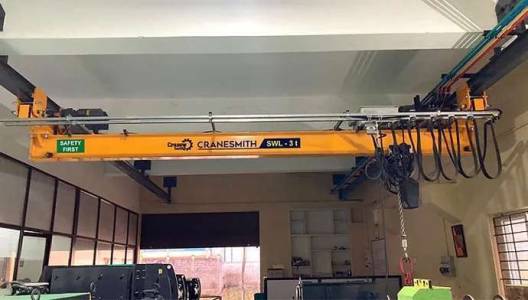
Underslung cranes offer a unique and highly efficient solution for lifting and material handling in diverse applications. Unlike traditional overhead cranes, these cranes are mounted underneath a supporting structure – a bridge, gantry, or even a specialized vehicle – maximizing headroom and providing unparalleled flexibility in confined spaces. This design makes them ideal for various industries where space is at a premium or where obstacles restrict overhead crane implementation.
Key Features & Benefits:
Types of Underslung Cranes:
Specifications (Variable based on model and customization):
Choosing the Right Underslung Crane:
The selection of an appropriate underslung crane depends on several factors, including the lifting capacity required, the workspace dimensions, the type of materials to be handled, and the frequency of use. Consulting with a crane specialist is recommended to ensure the right crane is chosen for your specific needs. We offer comprehensive design, installation, and maintenance services to support our customers throughout the lifecycle of their underslung crane systems. Contact us today for a consultation.